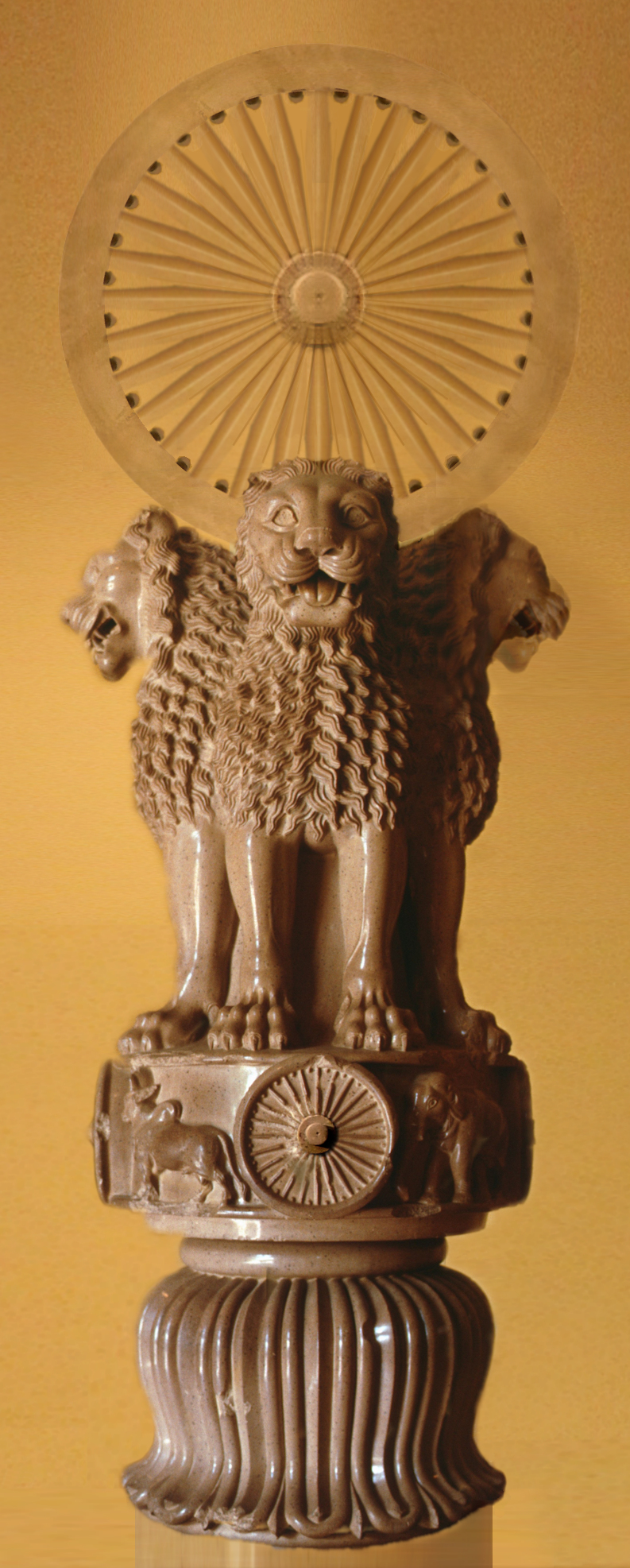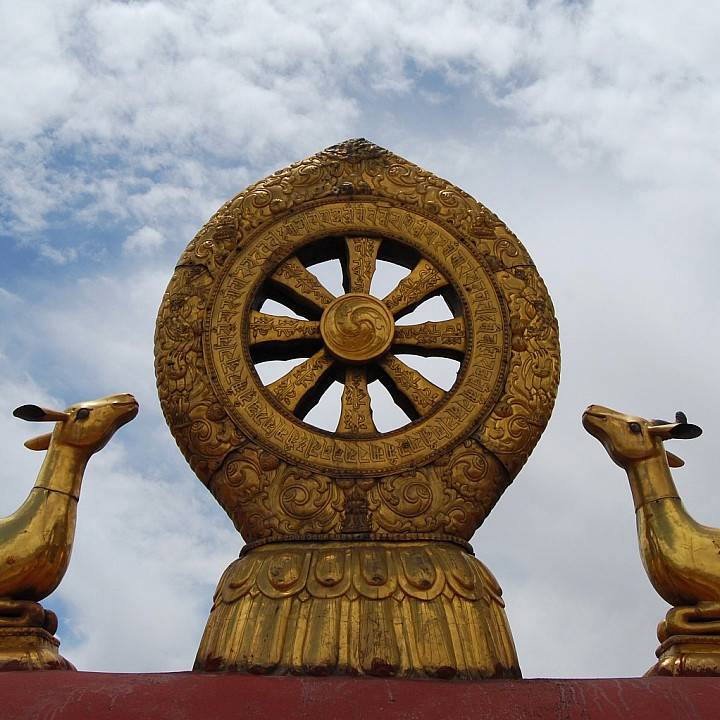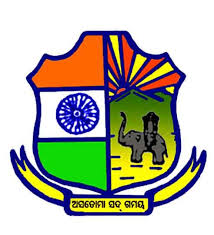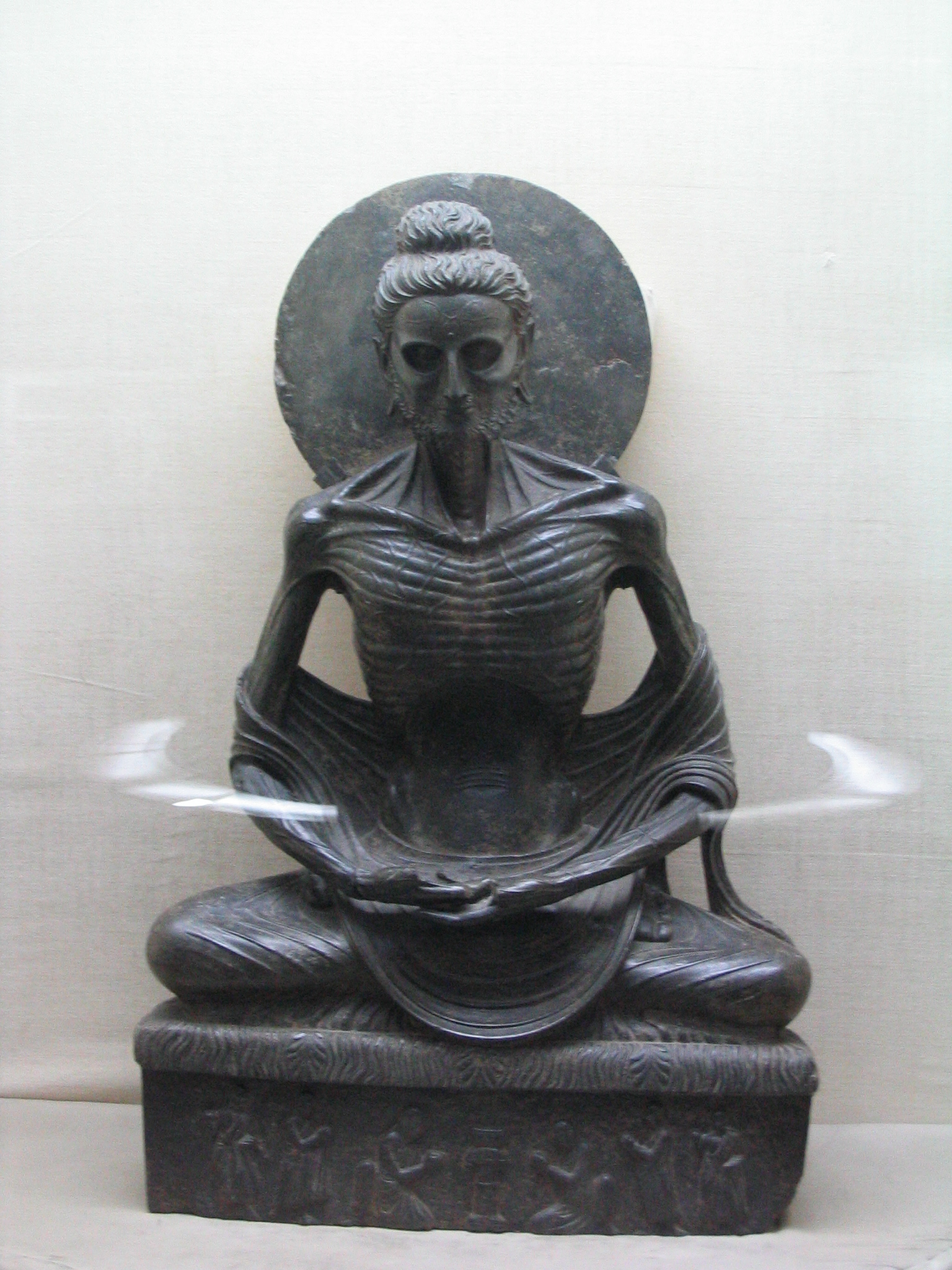|
Dharmacakra
The dharmachakra (Sanskrit: धर्मचक्र, ) or wheel of dharma is a symbol used in the Dharmic religions. It has a widespread use in Buddhism.John C. Huntington, Dina Bangdel, ''The Circle of Bliss: Buddhist Meditational Art,'' p. 524. In Hinduism, the symbol is particularly used in places that underwent religious transformation. The symbol also finds its usage in modern India. Historically, the dharmachakra was often used as a decoration in East Asian statues and inscriptions, beginning with the earliest period of East Asian culture to the present. It remains a major symbol of the Buddhist religion today. Etymology The Sanskrit noun ''dharma'' () is a derivation from the root ''dhṛ'' 'to hold, maintain, keep',Monier Williams, ''A Sanskrit Dictionary'' (1899): "to hold, bear (also: bring forth), carry, maintain, preserve, keep, possess, have, use, employ, practise, undergo" and means 'what is established or firm'. The word derives from the Vedic Sanskrit ''n''- ... [...More Info...] [...Related Items...] OR: [Wikipedia] [Google] [Baidu] |
Four Noble Truths
In Buddhism, the Four Noble Truths (; ; "The Four Arya (Buddhism), arya satya") are "the truths of the noble one (the Buddha)," a statement of how things really are (Three marks of existence, the three marks of existence) when they are seen correctly (Noble Eightfold Path#Right view, right view). The four truths are * ''dukkha'' (not being at ease, 'suffering', from ''dush-stha'', standing unstable). ''Dukkha'' is an innate characteristic of samsara, transient existence;Four Noble Truths: BUDDHIST PHILOSOPHY Encyclopaedia Britannica, Quote: "The first truth, suffering (Pali: dukkha; Sanskrit: duhkha), is characteristic of existence in the realm of rebirth, called samsara ()." nothing is forever, this is painful; * ''samudaya'' (origin, arising, combination; 'cause'): together with this tran ... [...More Info...] [...Related Items...] OR: [Wikipedia] [Google] [Baidu] |
Noble Eightfold Path
The Noble Eightfold Path () or Eight Right Paths () is an early summary of the path of Buddhist practices leading to liberation from samsara, the painful cycle of rebirth, in the form of nirvana. The Eightfold Path consists of eight practices: right view, right resolve, right speech, right conduct, right livelihood, right effort, right mindfulness, and right ('meditative absorption or union'; alternatively, equanimous meditative awareness). In early Buddhism, these practices started with understanding that the body-mind works in a corrupted way (right view), followed by entering the Buddhist path of self-observance, self-restraint, and cultivating kindness and compassion; and culminating in or , which reinforces these practices for the development of the body-mind. In later Buddhism, insight () became the central soteriological instrument, leading to a different concept and structure of the path, in which the "goal" of the Buddhist path came to be specified as ending ... [...More Info...] [...Related Items...] OR: [Wikipedia] [Google] [Baidu] |
Shri Krushna Chandra Gajapati Autonomous College
Shri Krushna Chandra Gajapati Autonomous College () is an autonomous college situated in Paralakhemundi in southern Odisha. History The history of growth and development of the college is accredited to the former rulers of Paralakhemundi, and the spread of education in Odisha. The institution was founded in 1896 under the patronage of the Raja of Paralakhemundi Shri Goura Chandra Gajapati Narayana Deo. The then headmaster of M.R.B.H. School Nangu Sreenivas Rao was given the charge of the institution. In the same year, it obtained affiliation as a second grade college from the Madras University. The college received the status of a first grade college in the year 1936. Originally affiliated to the Madras University and then to the Andhra University, the college was one of the first five affiliated colleges with which Utkal University started functioning in November 1943. On 2 January 1967, Berhampur University came into existence and since then the college is affiliated ... [...More Info...] [...Related Items...] OR: [Wikipedia] [Google] [Baidu] |
Solar Symbol
A solar symbol is a symbol representing the Sun. Common solar symbols include circles (with or without rays), crosses, and spirals. In religious iconography, personifications of the Sun or solar attributes are often indicated by means of a halo (religious iconography), halo or a radiate crown. When the systematic study of comparative mythology first became popular in the 19th century, scholarly opinion tended to over-interpret historical myths and iconography in terms of "solar symbolism". This was especially the case with Max Müller and his followers beginning in the 1860s in the context of Indo-European studies. Many "solar symbols" claimed in the 19th century, such as the swastika, triskele, Sun cross, etc. have tended to be interpreted more conservatively in scholarship since the later 20th century. Solar disk The basic element of most solar symbols is the circular solar disk. The disk can be modified in various ways, notably by adding rays (found in the Bronze Age in Eg ... [...More Info...] [...Related Items...] OR: [Wikipedia] [Google] [Baidu] |
Symbol
A symbol is a mark, Sign (semiotics), sign, or word that indicates, signifies, or is understood as representing an idea, physical object, object, or wikt:relationship, relationship. Symbols allow people to go beyond what is known or seen by creating linkages between otherwise different concepts and experiences. All communication is achieved through the use of symbols: for example, a red octagon is a common symbol for "Stop sign, STOP"; on maps, blue lines often represent rivers; and a red rose often symbolizes love and compassion. Numerical digit, Numerals are symbols for numbers; Letter (alphabet), letters of an alphabet may be symbols for certain phonemes; and personal names are symbols representing individuals. The academic study of symbols is called semiotics. In the arts, Artistic symbol, symbolism is the use of a abstract and concrete, concrete element to represent a more abstract idea. In cartography, an organized collection of symbols forms a map layout, legend for a ma ... [...More Info...] [...Related Items...] OR: [Wikipedia] [Google] [Baidu] |
Pre-sectarian Buddhism
Pre-sectarian Buddhism, also called early Buddhism, the earliest Buddhism, original Buddhism, and primitive Buddhism, is Buddhism as theorized to have existed before the various Early Buddhist schools developed, around 250 BCE (followed by later subsects of Buddhism). The contents and teachings of this pre-sectarian Buddhism must be deduced or re-constructed from the earliest Buddhist texts, which by themselves are already sectarian. The whole subject remains intensely debated by scholars, not all of whom believe a meaningful reconstruction is possible. "Early Buddhism" may also be used for considerably later periods. Name Various terms are being used to refer to the earliest period of Buddhism: * "Pre-sectarian Buddhism" * "Early Buddhism", * "The earliest Buddhism", * "Original Buddhism", * "The Buddhism of the Buddha himself." * Precanonical Buddhism * Primitive Buddhism Some Japanese scholars refer to the subsequent period of the early Buddhist schools as ''sectarian ... [...More Info...] [...Related Items...] OR: [Wikipedia] [Google] [Baidu] |
Enlightenment In Buddhism
The English term ''enlightenment'' is the Western translation of various Buddhist terms, most notably ''bodhi'' and ''vimutti''. The abstract noun ''bodhi'' (; Sanskrit: बोधि; Pali: ''bodhi'') means the knowledge or wisdom, or awakened intellect, of a Buddha. The verbal root ''budh-'' means "to awaken", and its literal meaning is closer to awakening. Although the term '' buddhi'' is also used in other Indian philosophies and traditions, its most common usage is in the context of Buddhism. ''Vimutti'' is the freedom from or release of the fetters and hindrances. The term ''enlightenment'' was popularised in the Western world through the 19th-century translations of British philologist Max Müller. It has the Western connotation of general insight into transcendental truth or reality. The term is also being used to translate several other Buddhist terms and concepts, which are used to denote (initial) insight ('' prajna'' (Sanskrit), '' wu'' (Chinese), '' kensho'' and ... [...More Info...] [...Related Items...] OR: [Wikipedia] [Google] [Baidu] |
Gautama Buddha
Siddhartha Gautama, most commonly referred to as the Buddha (),* * * was a śramaṇa, wandering ascetic and religious teacher who lived in South Asia during the 6th or 5th century BCE and founded Buddhism. According to Buddhist legends, he was born in Lumbini, in what is now Nepal, to royal parents of the Shakya clan, but Great Renunciation, renounced his Householder (Buddhism), home life to live as a wandering ascetic. After leading a life of mendicancy, asceticism, and meditation, he attained Nirvana (Buddhism), nirvana at Bodh Gaya, Bodh Gayā in what is now India. The Buddha then wandered through the lower Indo-Gangetic Plain, teaching and building a Sangha, monastic order. Buddhist tradition holds he died in Kushinagar and reached ''parinirvana'' ("final release from conditioned existence"). According to Buddhist tradition, the Buddha taught a Middle Way between sensual indulgence and severe asceticism, leading to Vimutti, freedom from Avidyā (Buddhism), ignora ... [...More Info...] [...Related Items...] OR: [Wikipedia] [Google] [Baidu] |
Dharma
Dharma (; , ) is a key concept in various Indian religions. The term ''dharma'' does not have a single, clear Untranslatability, translation and conveys a multifaceted idea. Etymologically, it comes from the Sanskrit ''dhr-'', meaning ''to hold'' or ''to support'', thus referring to law that sustains things—from one's life to society, and to the Universe at large. In its most commonly used sense, dharma refers to an individual's moral responsibilities or duties; the dharma of a farmer differs from the dharma of a soldier, thus making the concept of dharma a varying dynamic. As with the other components of the Puruṣārtha, the concept of ''dharma'' is pan-Indian. The antonym of dharma is ''adharma''. In Hinduism, ''dharma'' denotes behaviour that is considered to be in accord with ''Ṛta''—the "order and custom" that makes life and universe possible. This includes duties, rights, laws, conduct, virtues and "right way of living" according to the stage of life or social posi ... [...More Info...] [...Related Items...] OR: [Wikipedia] [Google] [Baidu] |






